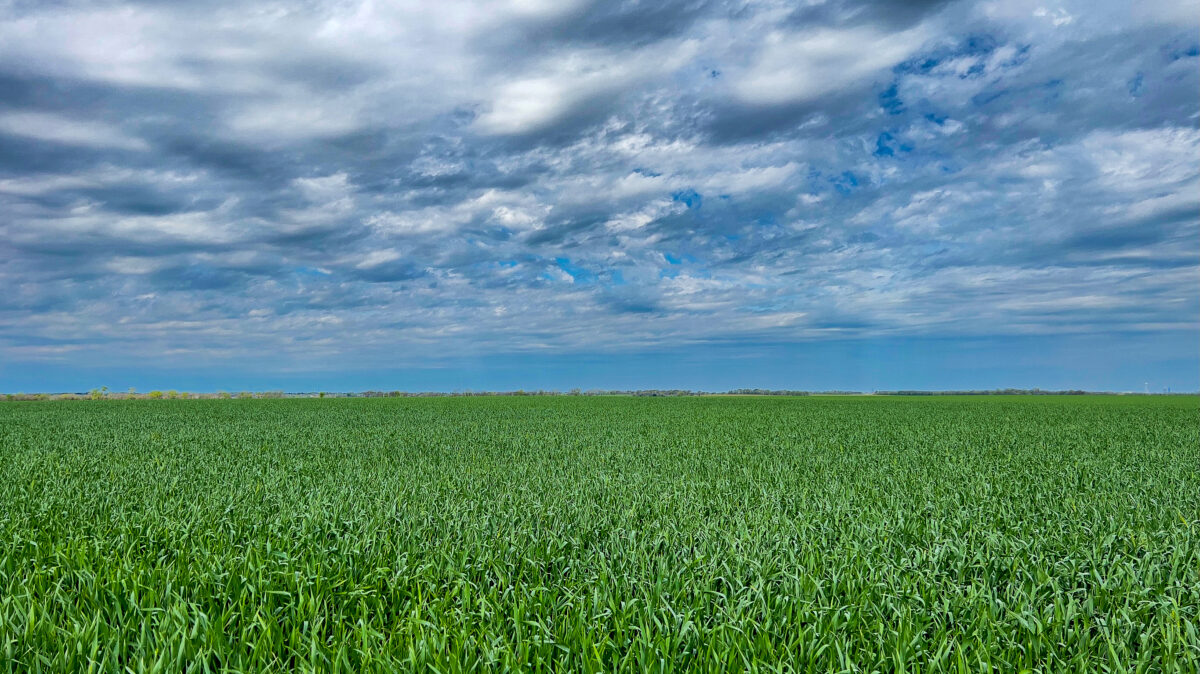How Farmers are Reducing Greenhouse Gas Emissions with Each Meal Served
TOPICS
SustainabilityGuest Author
Special Contributor to FB.org

photo credit: AFBF Photo, Mike Tomko
Guest Author
Special Contributor to FB.org
By Zach Bader @IowaFarmBureau
Since 1990, the U.S. population has increased by 31% (from roughly 250 million in 1990 to 329 million in 2019).
That’s cause for excitement, and it also raises some important questions: How will we provide for our country’s growing demands for education, health care and housing? How will we feed our population? And what kind of impact will a growing population have on our use of natural resources and the environment?
Of course, we can’t just answer one of those questions and ignore the rest.
So the question isn’t “Should we reduce greenhouse gas emissions or feed people?” Obviously, that’s ridiculous. As long as plants require soil, water and nutrients to grow and livestock require feed, water and shelter, food production is going to use natural resources and have some sort of footprint.
A more reasonable question might be, “How do we feed more people while minimizing our greenhouse gas emissions and overall environmental footprint?”
Fortunately, America’s farmers have a pretty remarkable, well-documented history of doing that. For example, the U.S. is producing 80% more pork, 48% more milk and 18% more beef than 30 years ago.
Farmers have cut the GHG emissions required to provide each of your meals by 24% since 1990
Thanks to the technology and innovation that have led to those increases in productivity, agriculture’s GHG emissions per unit of food, fiber or energy produced have declined by approximately 24% during that period.
Stated more simply, farmers have cut the GHG emissions required to provide each of your meals by 24% since 1990.
Is there still room for progress? Sure. Roughly 10% of U.S. GHG emissions come from agriculture (which is much smaller than the leading GHG sources EPA charts on its website, including transportation at 29%, electricity at 25% and industry at 23%).
So there’s room for improvement, but that doesn’t mean that every proposed “improvement” is actually a good idea.
Cows receive a lot of attention for burping methane (a greenhouse gas), but even if all livestock in the U.S. were eliminated and every American followed a vegan diet, researchers with USDA and Virginia Tech say that U.S. GHG emissions would be reduced by only 2.6%, and global emissions would be reduced by only 0.36%. That seems like a pretty small gain for all that we’d be losing, especially the nutrients we can only get from meat, milk and eggs (like high-quality/complete protein and vitamin B12).
Yes, livestock are relatively small contributors to our emissions, but – hey – nobody’s perfect. Every sector can look in the mirror and find opportunities for improvement.
Livestock farmers agree, and their track record over the past 30 years shows that they’re taking that sentiment to heart:
Pork production has increased 80%, while per-unit greenhouse gas emissions have decreased 20%.
Milk production has increased 48%, while greenhouse gas emissions per unit have decreased 26%.
Beef production has increased 18%, while greenhouse gas emissions per-unit have decreased by 8%.
And that’s just for starters. The road ahead includes even more on-farm carbon-capturing practices, from cover crops to anaerobic digesters. Each step forward makes a difference, contributing to a smaller environmental footprint for your next meal.
Zach Bader is digital marketing manager for Iowa Farm Bureau. This column was originally published by Iowa Farm Bureau and is republished with permission.
Top Issues
VIEW ALL